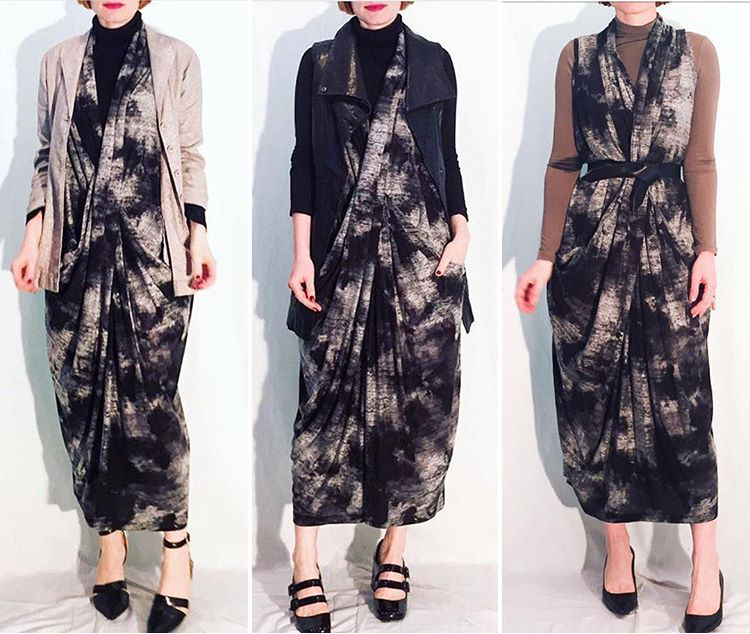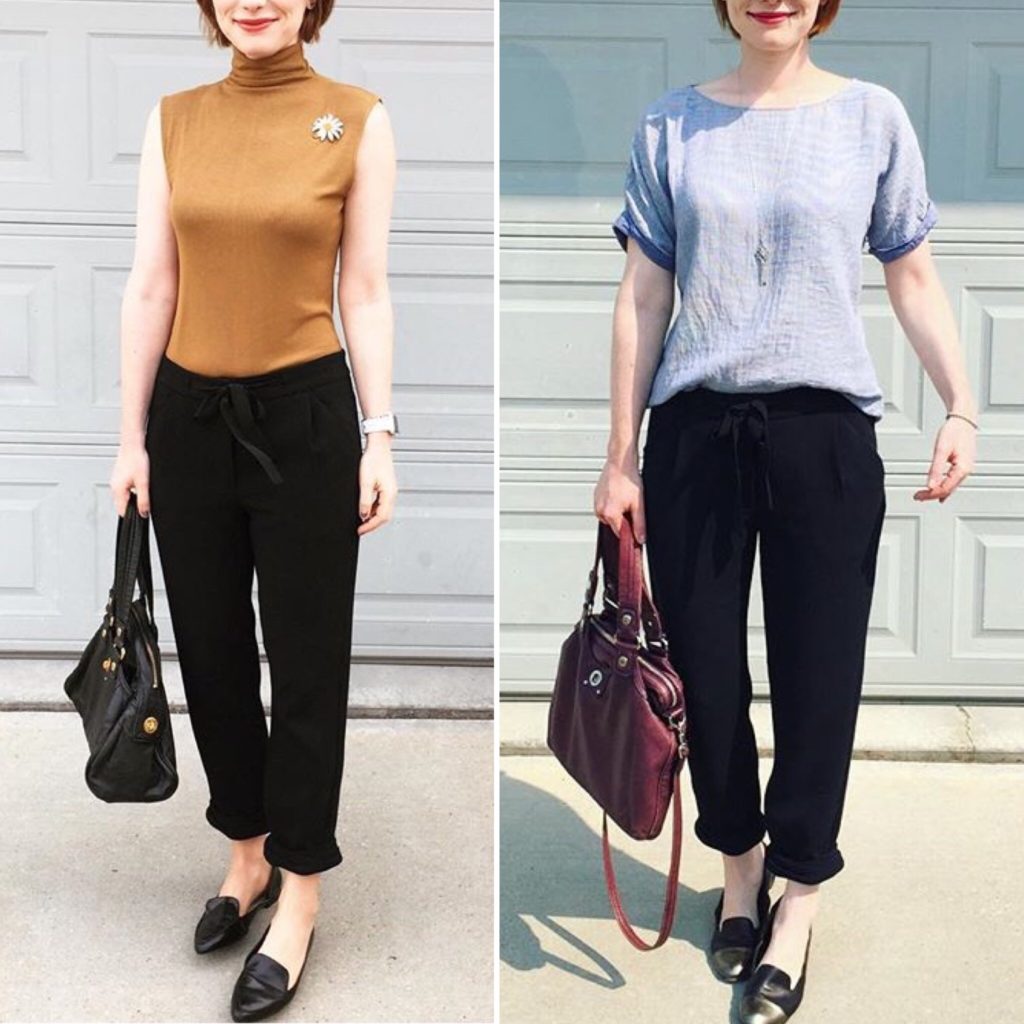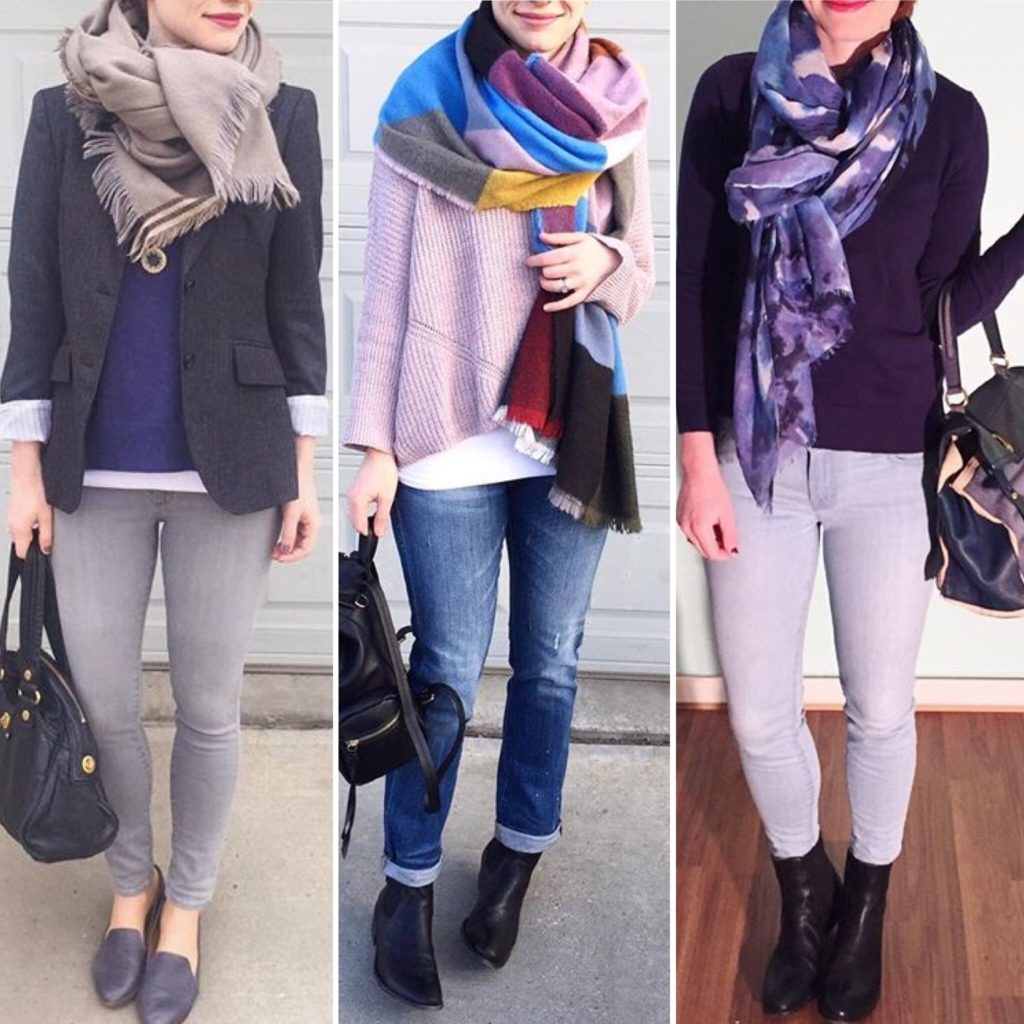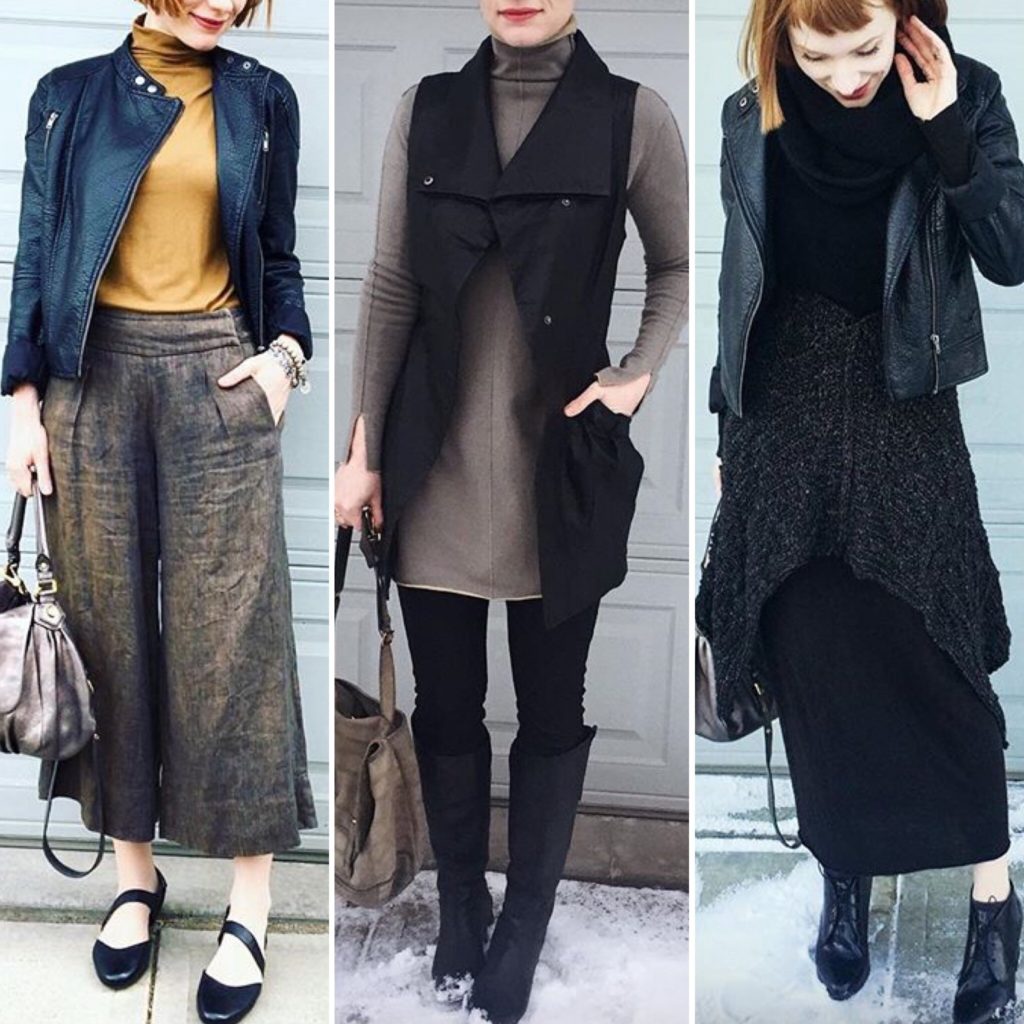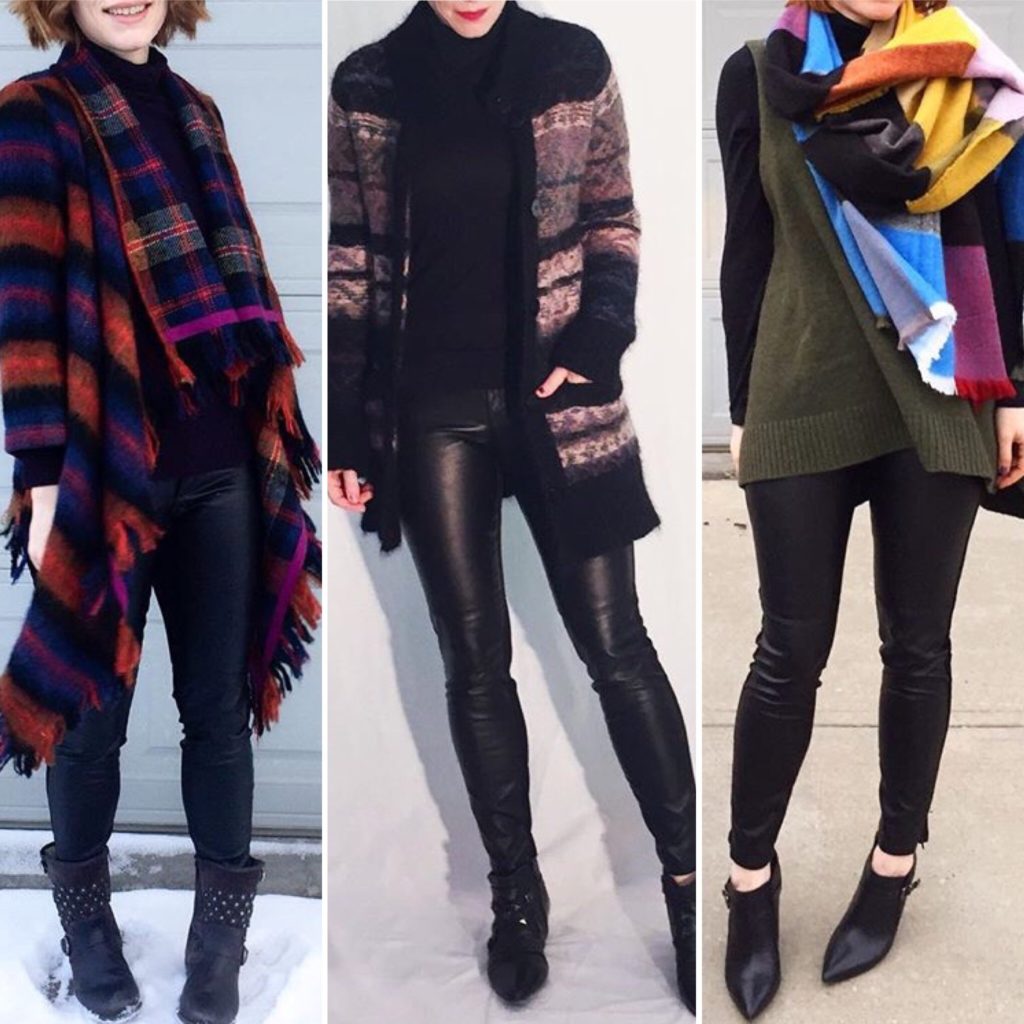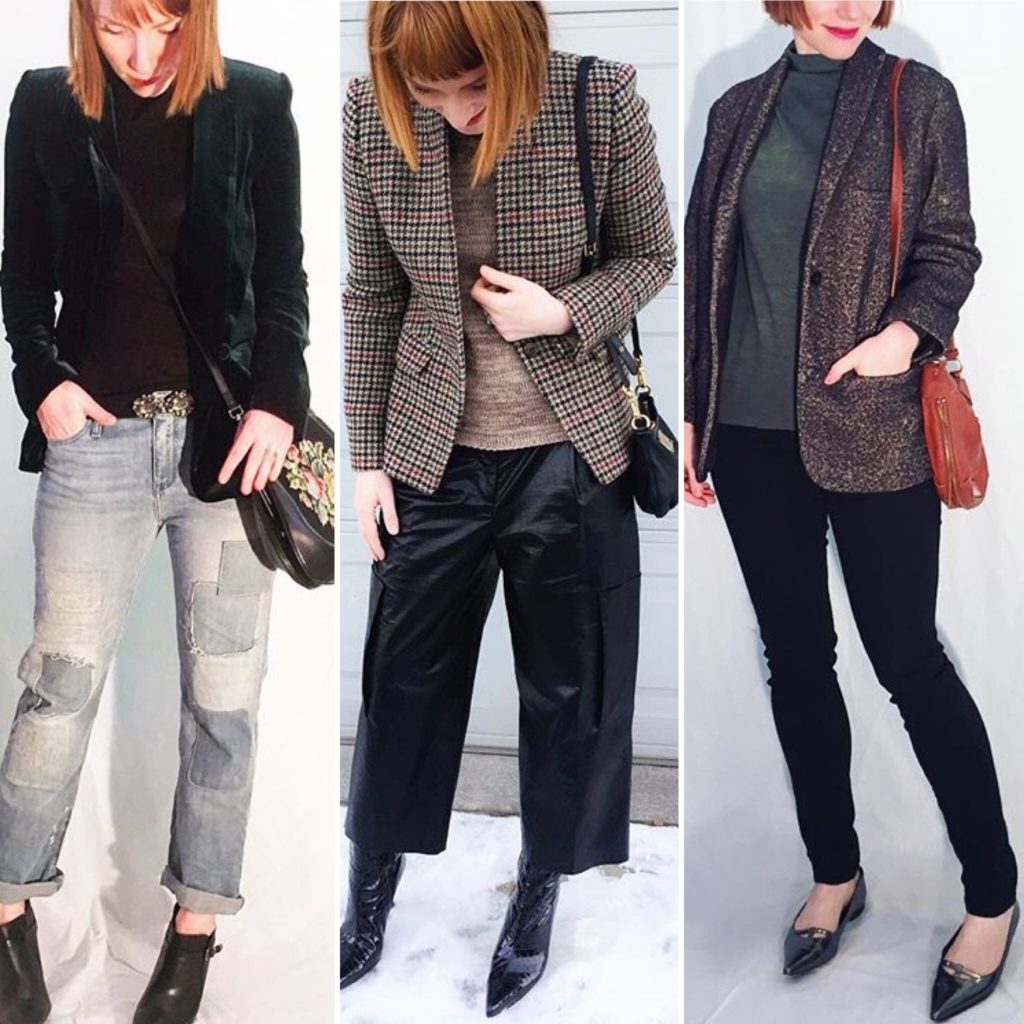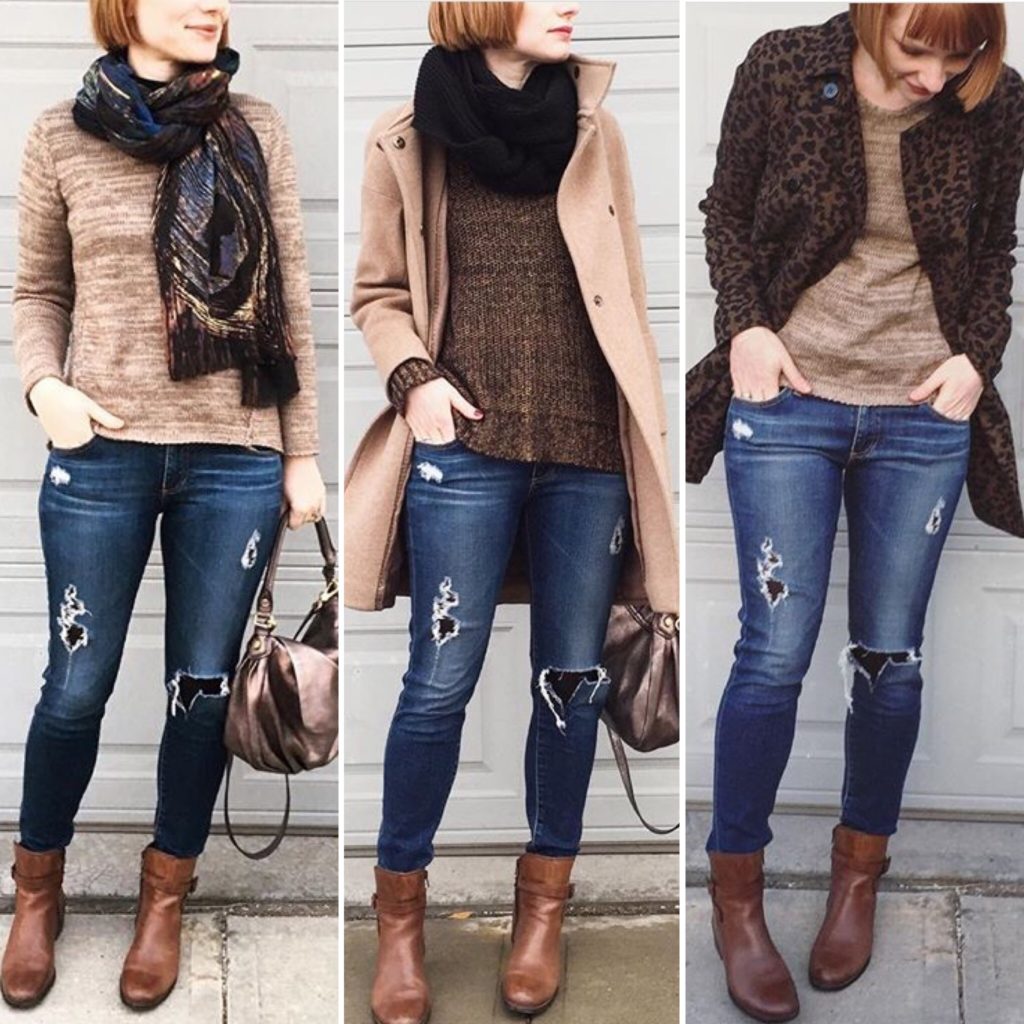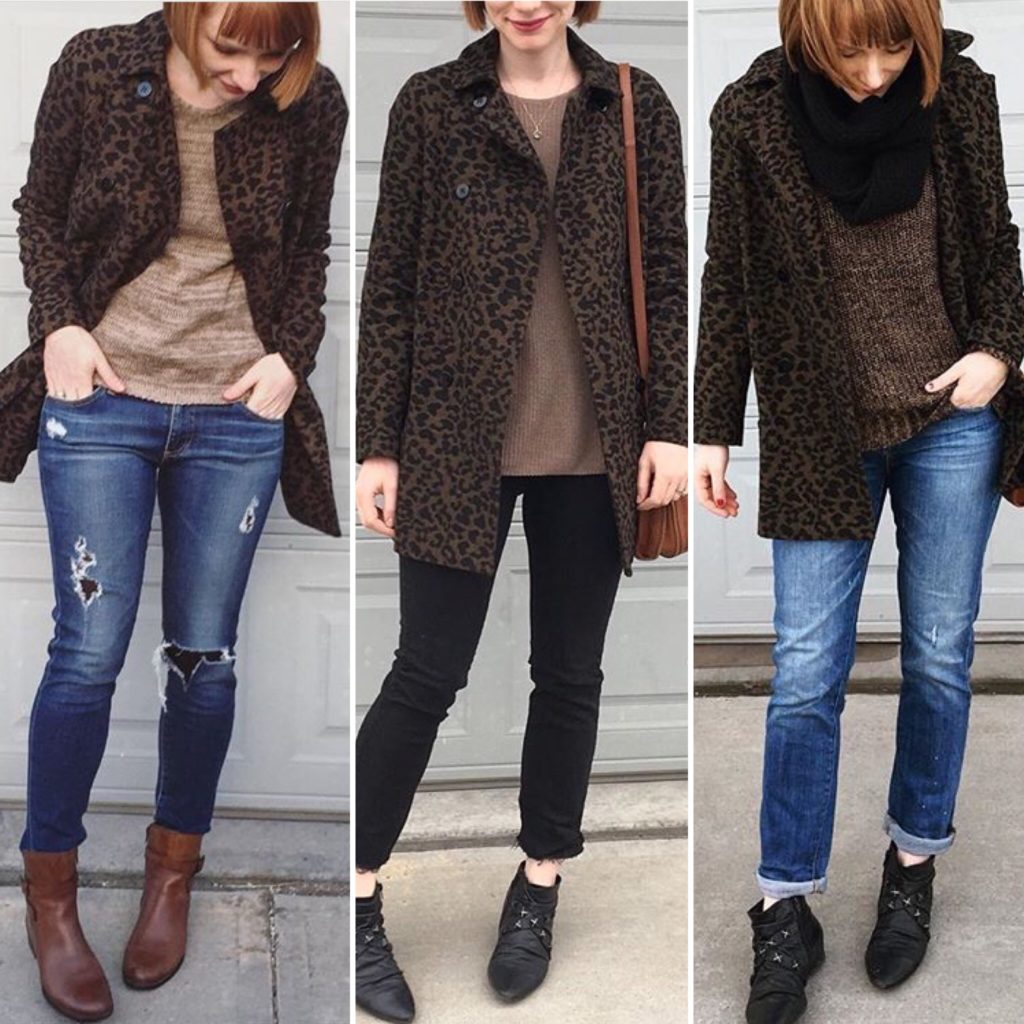My earlier post on my discovery of Rafael Canada jewelry was a bit of a preview of my current state of mind. Long-time readers know that I am woman of sudden and deep obsessions, and that is precisely what brutalist jewelry has become for me. In some ways, it shouldn’t come as a surprise. I haven’t been particularly interested in bags (or shoes) for a few years, and nature abhors a vacuum, as they say; it was time for jewelry to become the focus of my attention to sartorial details. Jewelry is also a more natural channel of expression for my current aesthetic, which is all about flirting with edge. (I say “flirting” because I am keenly aware of the fact that I am a middle-aged suburban mom, which is not the first thing that comes to mind when most people hear “edgy”.)
Whenever I get into a new obsession, I like to read up as much as I can on the topic. Brutalist jewelry has stumped me. While there is a lot of content on the internet about brutalism as a whole, much of it is not directly applicable to my interests. There are bits and pieces here and there, mostly from various vintage jewelry dealer/auction sites, but nothing that can sustain the sort of deep dive exercise I like to pursue. Books on the history of jewelry are hard to come by, and/or very expensive. Surprisingly, I haven’t (yet) found any online forums for collectors – that’s usually a great resource for information.
But all my largely fruitless searching has given me some food for thought. Could my personal style be described as brutalist?
As far as architecture goes, brutalism is highly divisive. I grew up in the 80s in the Eastern Bloc, where brutalism was the default aesthetic (buildings-wise), so I can’t say that I have fond feelings about it … but I also don’t hate it as viscerally as some people. People who hate it, really really hate it. But it’s having something of a renaissance, apparently – or, at least, a reevaluation. According to Brad Dunning of GQ:
“Brutalism is the techno music of architecture, stark and menacing. Brutalist buildings are expensive to maintain and difficult to destroy. They can’t be easily remodeled or changed, so they tend to stay the way the architect intended. Maybe the movement has come roaring back into style because permanence is particularly attractive in our chaotic and crumbling world.”
That’s kind of lovely (in a world-is-burning way), isn’t it? I’m not sure my style is stark and menacing, though, by dog, I kinda wish it was. I do think the simplicity and starkness of the lines is something that I strive to echo in my outfits.
But brutalism in jewelry is something different. The focus is on “abstraction and asymmetry … with interest flowing from the juxtaposition of disparate forms, colors and finishes.” (Antique Sage.com) Brutalist jewelry uses massive, jagged, highly abstract designs; mixed metals; avant-garde colour combinations; unconventionally shaped stones – “at once intriguing and perhaps slightly disquieting”. This is definitely my aesthetic aspiration, particularly as reflected in my Prince, Artist and Bohemian avatars. It’s why, at a certain level, mixing my 70s Rafael Canada pieces with my favourite contemporary clothes works so well; they “speak” the same language. And my new (asymmetrical) long pixie haircut is on the same wavelength as well.
You might be thinking, “well, fine and good, but so what?” For me, it’s always exciting to find a new way to look at fashion (one of my creative outlets) and new sources of inspiration. Non-literal inspiration, in particular, is fun because it blows the door wide open on experimentation. I’m starting to feel like I’m getting my mojo back, after a bit of slump. It remains to be seen exactly how this will all translate when it comes to my monthly recaps, but I expect there will be some interesting things in the mix coming up.
Have you looked for or found sartorial inspiration in art? Do you have a process for translating it to real life? As always, would love to hear your thoughts.

